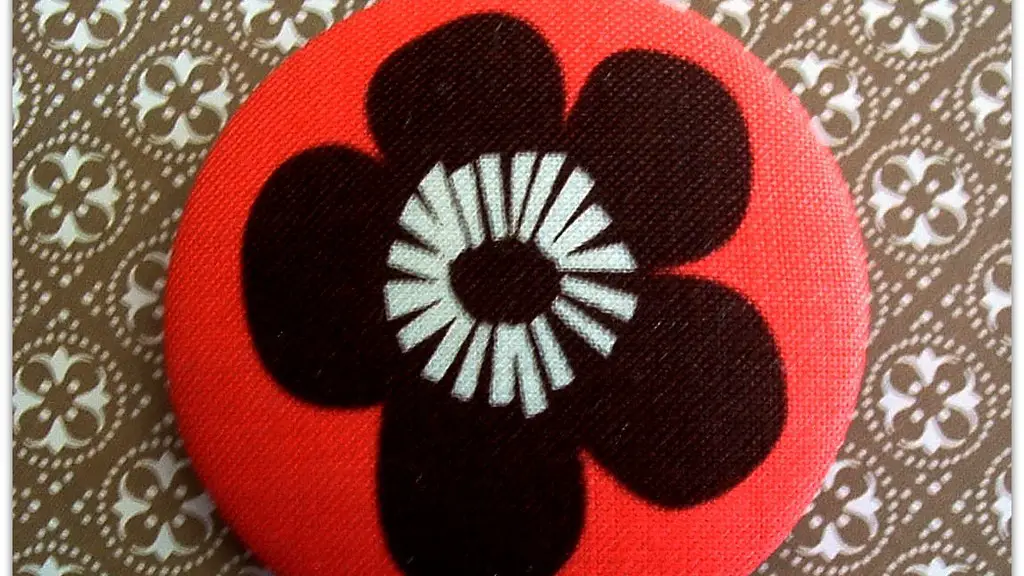Tools and Materials Needed
When attempting any sewing machine repair, it is important to have the right tools and materials for the job. Start by gathering the following supplies:
- A repair manual for your specific make and model of sewing machine
- Precision screwdrivers
- Phillips head screwdriver
- Socket wrench set
- Lint brush
- Compressed air
- Cotton swabs
- Can of sewing machine oil
- Sewing machine grease
- A cloth rag
Step 1: Inspect the bottom of the machine
The first step in the repair process is to inspect the bottom of the sewing machine. Start by carefully flipping the machine upside down, so that you can get a good look at the underside. Make sure to be very gentle in order to avoid any unnecessary damage to the machine.
Once you have flipped the machine, use a lint brush to remove any dirt and dust that has accumulated on the bottom. Be sure to get into all the nooks and crannies, as lint and debris can cause significant problems for the machine.
Step 2: unscrew the center and side screws
Using your precision screwdrivers, carefully remove the center and side screws on the bottom of the machine. There may be more than one, so be sure to check the repair manual for your specific make and model to determine how many screws need to be unscrewed.
Once you have removed all of the screws, carefully lift the bottomplate up, being careful not to force it. It may be quite heavy, so use two hands to ensure that you don’t strain your wrists.
Step 3: Clean out the Loose Debris
Once you have the bottom plate removed, use a lint brush, cotton swabs, and compressed air to clean out any loose debris. Be sure to get into all nooks and crannies, as lint and dust can cause significant damage if it accumulates in the wrong places. Be extra careful when cleaning around the bobbin, as it contains small parts that can be easily damaged.
Step 4: Lubricate moving parts
Once the machine is clean, use a cloth rag to apply sewing machine grease to any moving parts. These are usually located near the bobbin. This will help ensure that the machine runs smoothly and without any frictional wear. It is important to use sewing machine grease specifically, as this formula is designed for high-speed sewing machines and can help reduce unusual noises and vibrations.
Step 5: Apply sewing machine oil
Once the grease has been applied, use a cloth rag to apply a few drops of sewing machine oil to any metal parts. This will help to reduce any wear and tear due to friction, as well as help to keep the machine lubricated. Again, be sure to use sewing machine oil specifically, as this is specially formulated for sewing machines and can help reduce unexpected problems.
Step 6: Reassemble and test machine
Once the lubrication has been applied, carefully reassemble the bottom plate and screws. Again, be sure to check the repair manual for your specific make and model to ensure that you have all the screws in the proper position. After the bottom plate has been reassembled, do a few test stitches to make sure the machine is running smoothly.
Troubleshooting Common Problems
Problem: Thread Not Moving Correctly
If the thread is not moving properly, it may be due to a tension issue. Start by checking the tension on the bobbin, as this can cause the thread to be too tight or too loose. Also, check the tension on the needle by loosening or tightening the pressure on the thread, as this can also cause problems.
Problem: Unusual Noises or Vibrations
If you are hearing unusual noises or vibrations coming from the machine, it could be due to a lack of lubrication. Use sewing machine grease and oil to lubricate the moving parts, as this can help reduce friction between the parts and reduce any unexpected noises or vibrations.
Problem: Machine Not Sewing Properly
If the machine is not sewing properly, it may be due to an issue with the feed dogs. These are the small metal pieces located near the needle that help to guide the fabric through the machine. Clean the feed dogs and make sure that they are not damaged or bent in any way.
Ensuring Safety
When attempting any sewing machine repair, it is important to take safety precautions. Start by making sure that the machine is unplugged, as electricity and water do not mix. Make sure that any tools you are using are properly insulated, and wear gloves if necessary. Finally, it is always a good idea to have a fire extinguisher nearby in case of an emergency.
Preventative Maintenance
Finally, it is always a good idea to perform preventative maintenance on your sewing machine. Start by changing the needle regularly, as a dull needle can cause a variety of issues. Also, be sure to oil and grease your machine regular, as this helps to keep it running smoothly and can prevent unexpected problems. Finally, make sure to keep the machine clean and free of lint and dust, as this can cause significant issues if not properly addressed.



